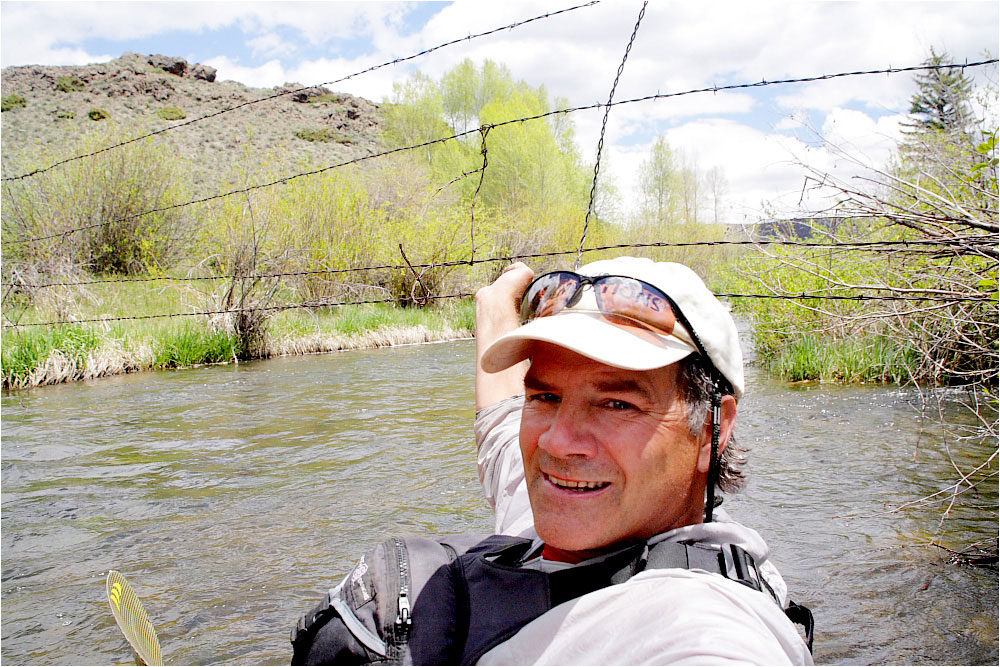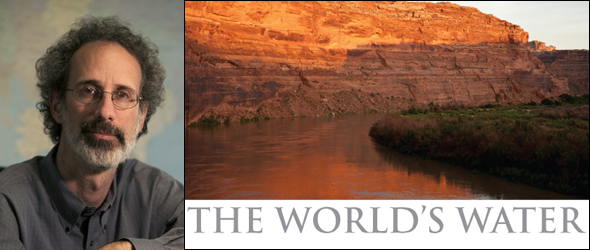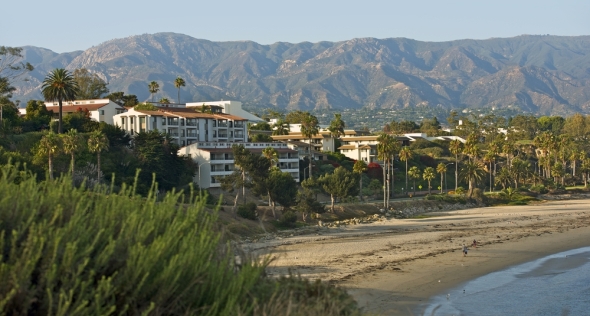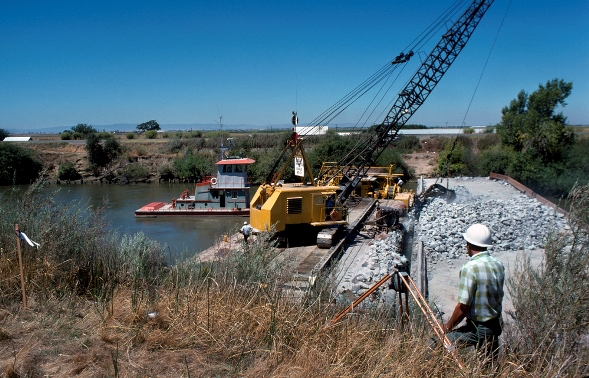Peter Gleick: Learning from Drought: Five Priorities for California
Droughts – especially severe droughts – are terribly damaging events. The human and ecosystem costs can be enormous, as we may relearn during the current California drought.
But they are also opportunities – a chance to put in place new, innovative water policies that are not discussed or implemented during wet or normal years.
In the hopes that California’s warring water warriors open their minds to policy reform, here are some of the issues that should be on the table now, in what could be the worst drought in California’s modern history. But here is what I fear, said best by John Steinbeck in East of Eden:
“And it never failed that during the dry years the people forgot about the rich years, and during the wet years they lost all memory of the dry years. It was always that way.”
Here are five top priorities (more will be presented in later posts):
1. Put in place comprehensive groundwater management. This includes monitoring and reporting of all groundwater withdrawals, integrated surface and groundwater management, pricing of groundwater withdrawals, increased wet-season groundwater recharge, and restrictions on groundwater pumping, on average, to the limit of sustainable yield. This could increase total water in storage during drought years by millions of acre-feet, benefiting urban, agricultural, and environmental users. The fact that California has perhaps the most archaic and anachronistic groundwater system in the country and overdrafts groundwater by hundreds of billions of gallons every year should be an embarrassment.
2. Accelerate the advanced treatment and reuse of wastewater. By some estimates as much as 5 million acre-feet of treated wastewater are produced in California and thrown away, while only around 670,000 acre-feet are currently used. Recent expert recommendations suggested that 1.8–2.2 million acre-feet could readily be used if we accelerate investment in treatment and delivery systems. Over time, even more of this wasted asset could be put to beneficial use.
3. Accelerate the capture, treatment, storage, and use of stormwater. Local stormwater capture has the potential to substantially enhance local supplies but money must be made available to local communities to develop stormwater treatment and re-use systems.
4. Accelerate installation of cost-effective water-efficiency improvements for all users. In a state where “peak water” has been reached and there are few untapped sources of new supply that are politically, economically, or environmentally acceptable, the cheapest and fastest source of water is reducing current inefficient use. Progress has been made in this area over the past few decades, but much more remains to be done by residents, businesses, farmers, and governments. These efforts could permanently cut water use by millions of acre-feet of water, without affecting economic well-being or health. Examples: expand efforts to install high-efficiency toilets, washing machines, dishwashers; replace lawns with native, low-water-using gardens; offer incentives for the rapid expansion of precision drip or sprinkler systems for all crops that can use them; and improve delivery systems for irrigation water.
5. Price water to accurately reflect its true cost. Many economists will tell you that prices are simple and effective tools for regulating the consumption of scarce goods. Many water users in the state have little economic incentive to conserve because water is underpriced or not priced at all; many people still pay a flat fee for water, regardless of how much they use. Most of us only pay the costs to have water treated and delivered to our homes—our water bills do not cover the full cost of withdrawing water from the environment, such as the impact on downstream fish populations or estuaries. Water users should share the cost of mitigating the harm caused by withdrawals, for example by funding habitat conservation for endangered aquatic species. And many water utilities fail to charge their customers enough to adequately maintain the vast network of underground pipes that bring clean water to our homes. This leads to costly service disruptions. More appropriate water prices and rates should cover the cost of maintaining and improving water systems.
Let’s do more than wring our hands during this drought; let’s do more than hope for rain; let’s do more than muddle through. And let’s not forget the dry years when the rains start again.
— Peter Gleick










Peter,
I absolutely agree with your recommendations. I would like to take the historic opportunity for which we are on the brink to dream/think really big – continent wide hydrologic management, taking from areas of abundance and banking into areas of need. And for the picture in my mind, using a new kind of ecotechnology that incorporates our best mechanical engineering with our cutting edge environmental abilities. The end goal being to not only balance water availability, but to massively increase wetlands, using “ecosystem services” and maybe a bio-engineered bacterium or two to clean water and absorb vast runoffs (maybe after pipelines remove water from siphoned overflow storage sites). I grew up near the Santee Lakes and still don’t get why we aren’t managing the world like a park. Thanks for your time.
Carlo
The vast majority here in Cali, will have to be forced to conserve water, otherwise, great ideas.